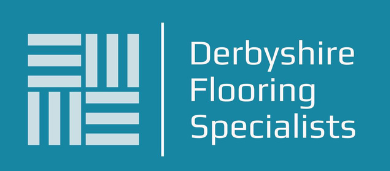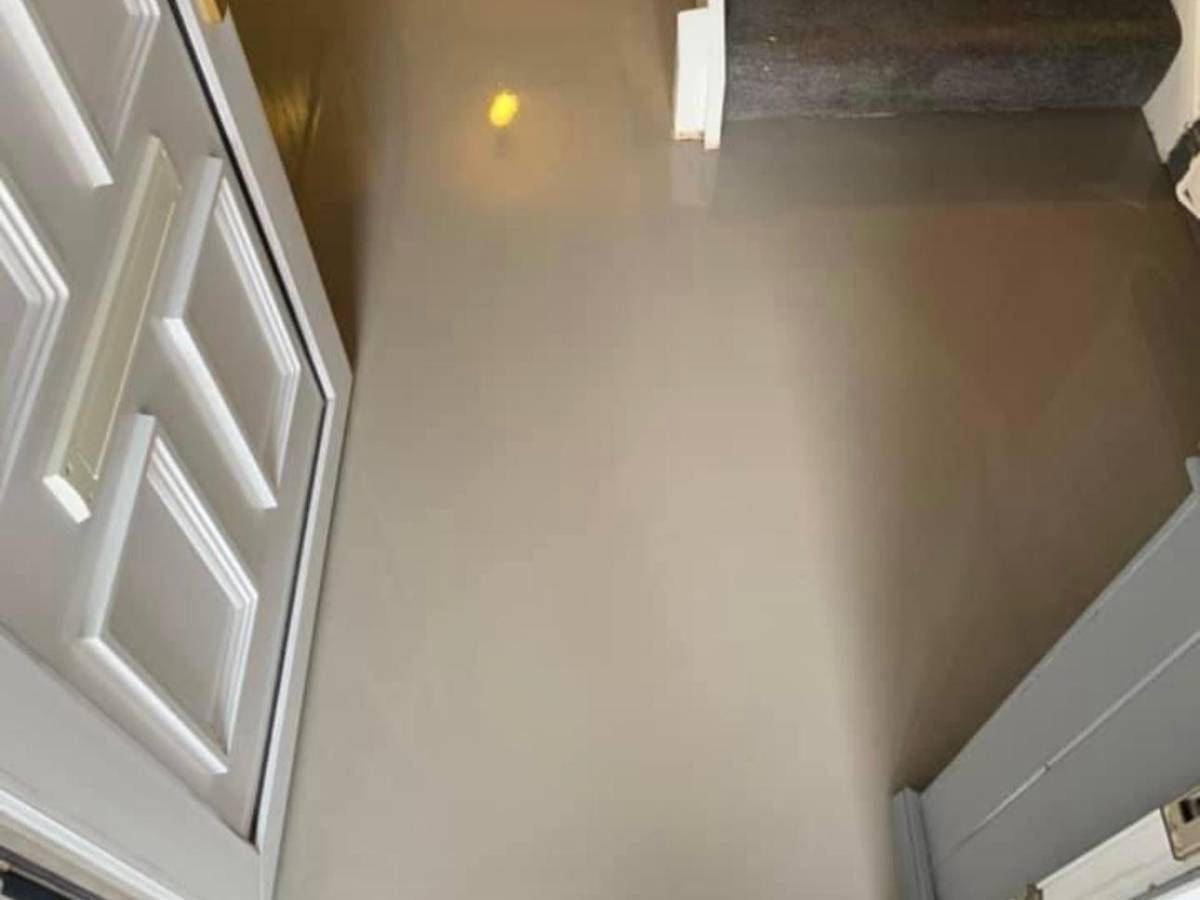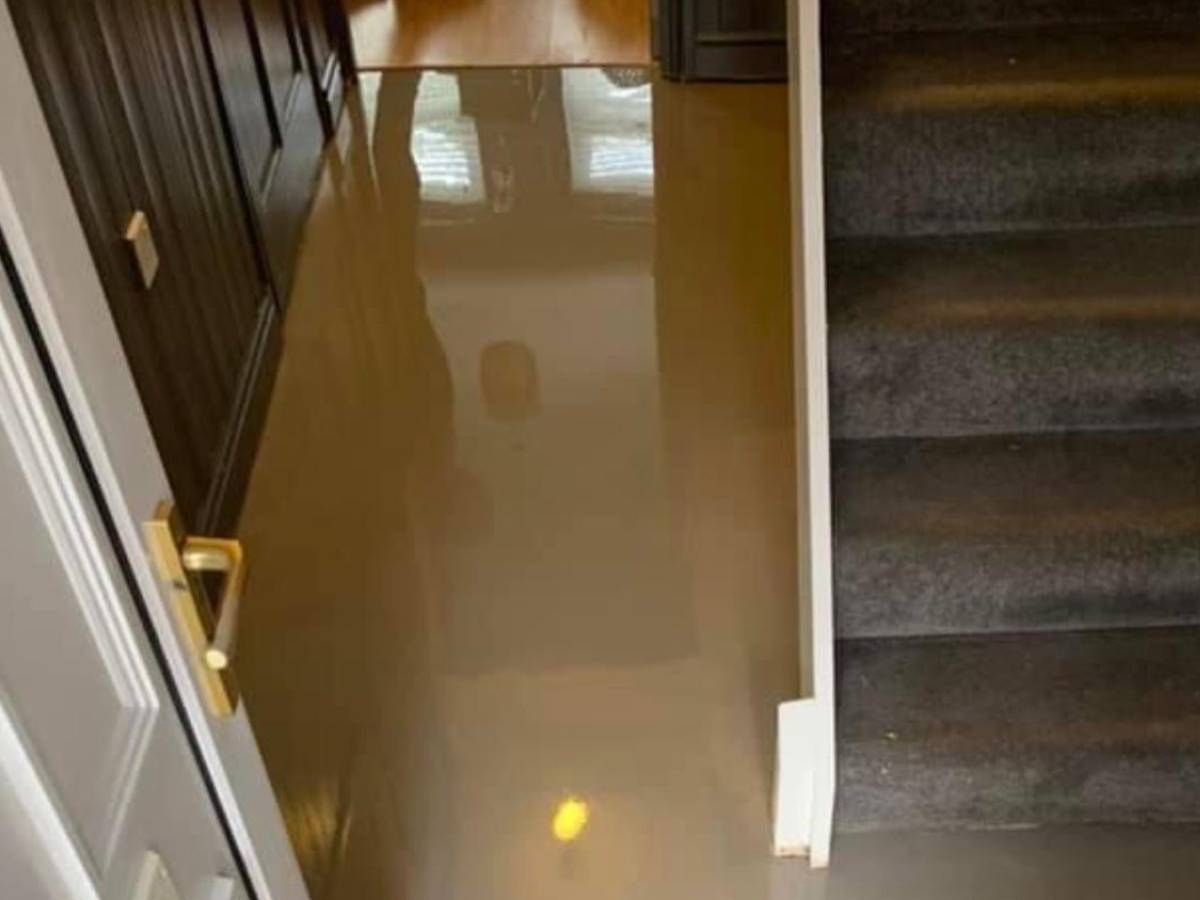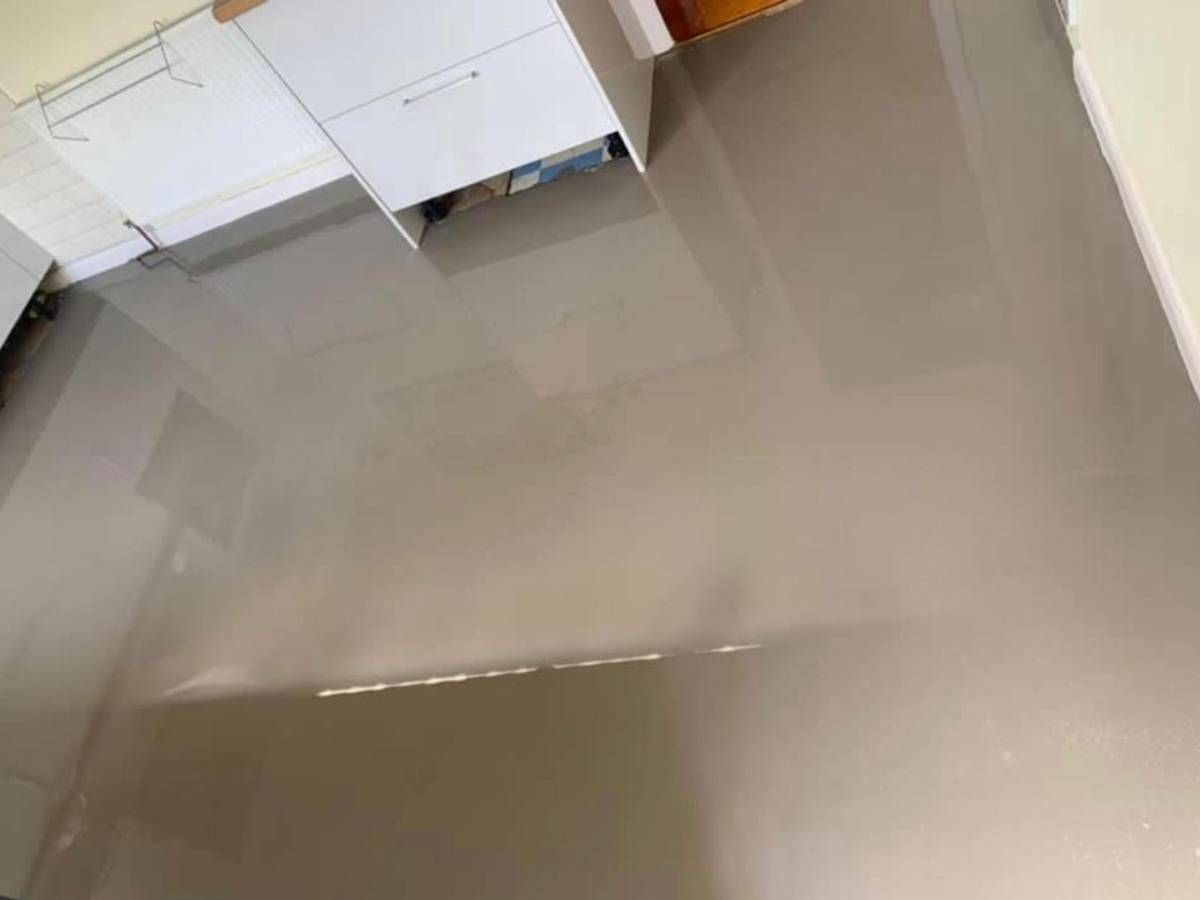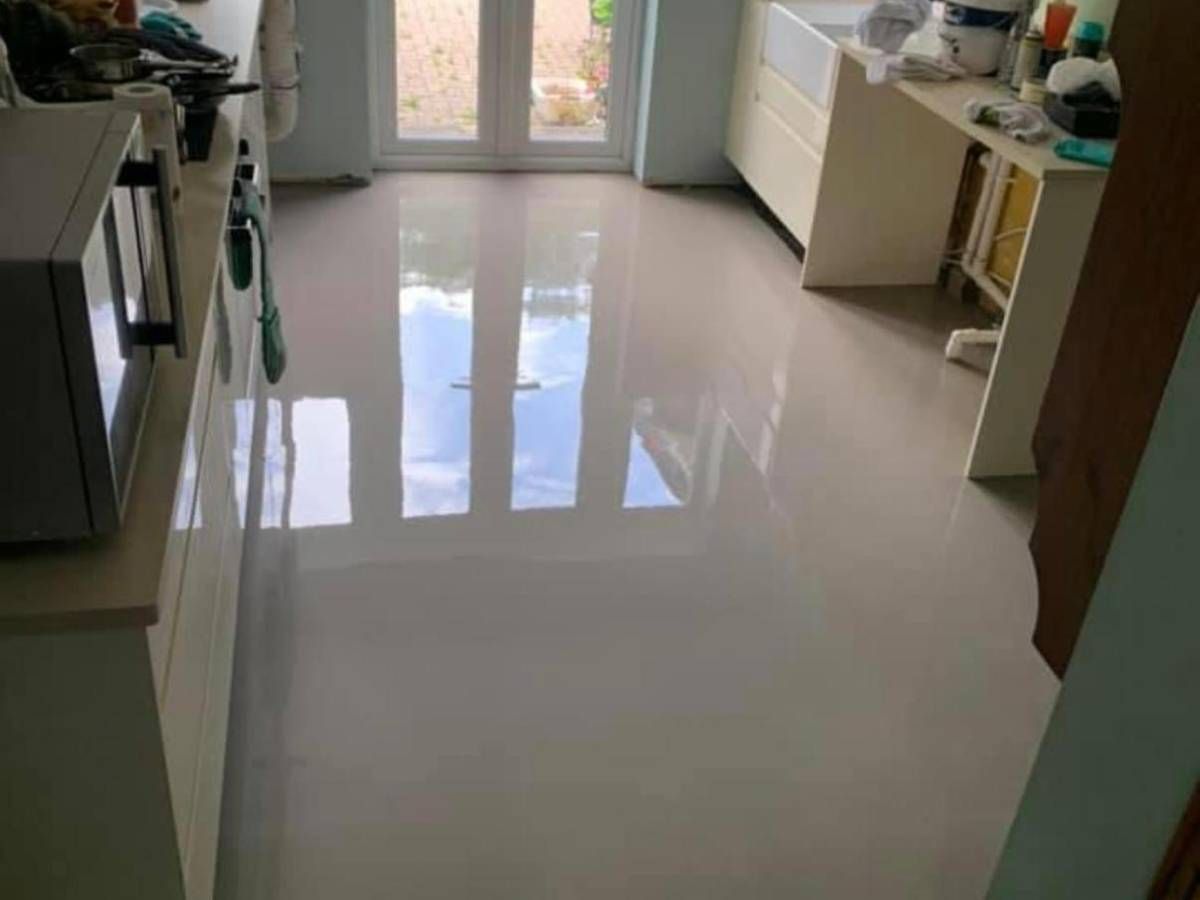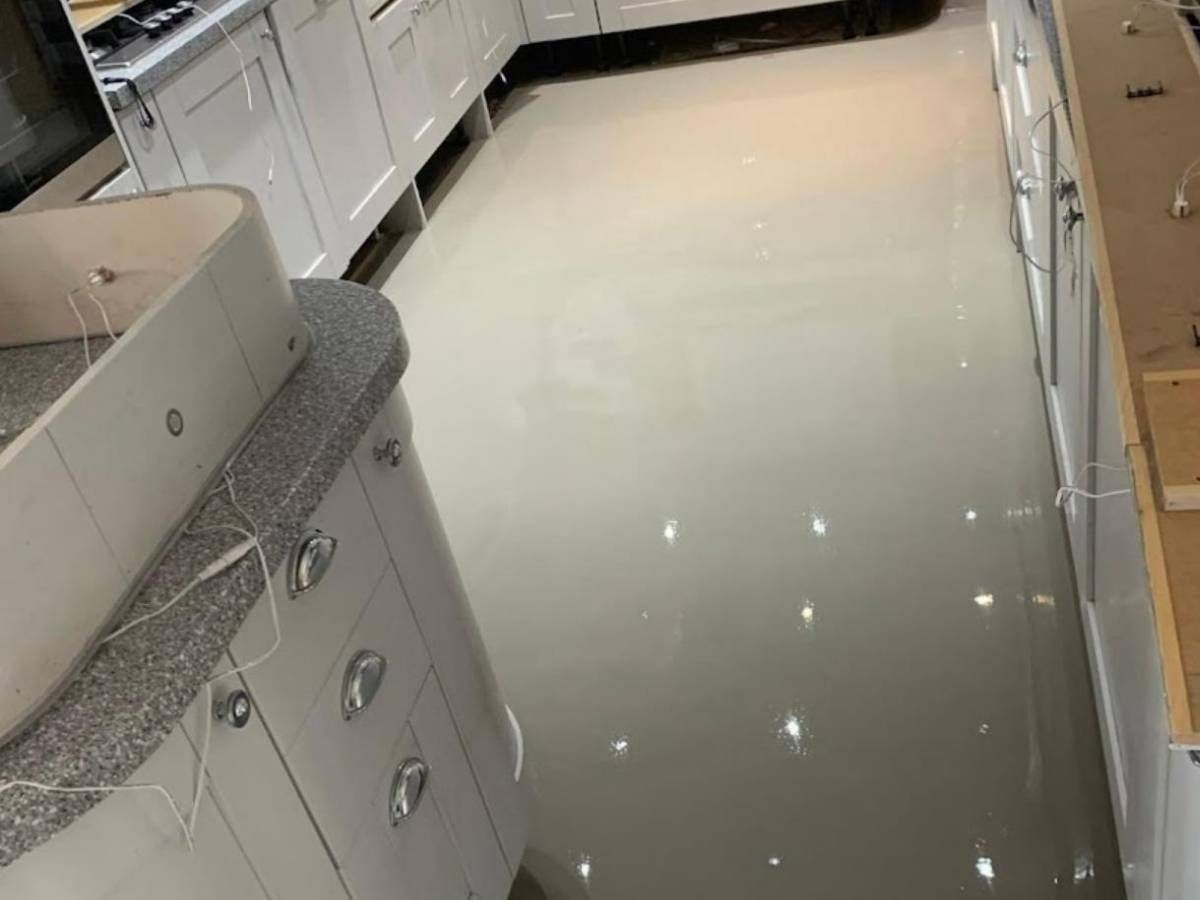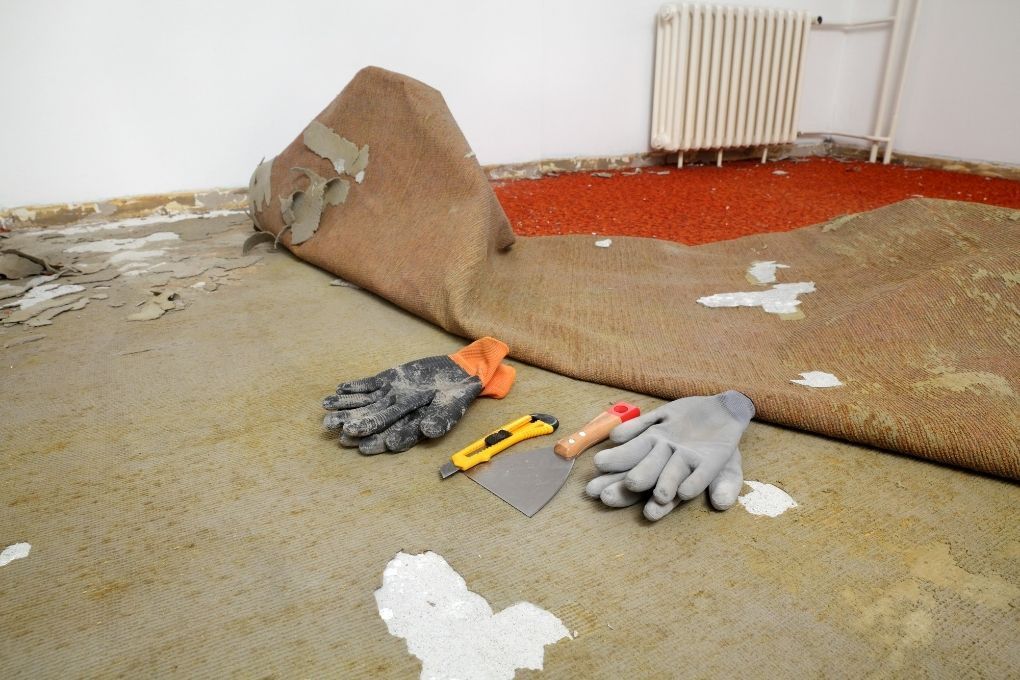FLOOR SCREEDING DERBY
For a perfectly level floor contact Derbyshire Flooring Specialists today
GET A QUICK FREE FLOOR PREPARATION QUOTE
SEND 24/7
Derbyshire Flooring Specialists screeding
FLOOR LEVELLING DERBY
There are several different ways to level a floor, depending on the specific situation and the severity of the unevenness. One common method is using self-levelling compound such as screed which is a cement-based product that can be poured onto the uneven areas and will level itself out. This is the most common and effect ways to level a downstairs floor. In some cases, it may be necessary to remove the existing flooring and install a new subfloor to achieve a level surface, especially if the existing floor has large gaps and cracks in it where a screed would simply pour through.
For minor defects in existing floor boards shaving down or installing a new plywood either instead of or on top of an existing floor can be effective for minor levelling issues.
At Derbyshire Flooring Specialists we will assess the condition of the existing floor and choose the most appropriate method for levelling to ensure a stable and even surface based on cost and what the new flooring will be to ensure the best cost effect finish possible.
FLOORING LEVELLING NEAR ME
If you live in Derby or further afield in Derbyshire and need your floor levelling simply get in touch and we'll asses your floor on the best option to level it
FLOOR SCREEDING DERBY
Floor screed plays a big part in preparing a floor to get a perfect finish. Floor screed is a thin layer of cementitious material that can be applied directly to an existing concrete or masonry floor base. Its primary function is to provide a smooth and level surface for any flooring to be installed on. It acts as a solid foundation, ensuring that the final floor finish is even and free from any imperfections.
There are different types of floor screed available, and the one we will use will depend on various factors such as the type of flooring being installed, the load-bearing requirements, and the location of the project. The most common types include traditional screed, self-levelling screed, and fast-drying screed.
Traditional screed, also known as sand and cement screed, is a mixture of sand, cement, and water. It is manually laid and requires us to level it out to achieve a smooth and flat finish. This type of screed is suitable for both residential and commercial projects and offers good thermal conductivity - so often used when an underfloor heating installation is planned it is ideal.
Self-levelling screed, as the name suggests, is a more fluid type of screed that spreads and levels itself. It is typically made from a mixture of cement, sand, and special additives that enhance flowability. Self-levelling screed is ideal for large areas and provides an even and smooth finish without the need for manual levelling.
Fast-drying screed is a relatively new type of screed that offers accelerated drying times. As a result it is more expensive but if time is of the essence where the quick installation of flooring is required. This screed can be ready for foot traffic within 24 hours, significantly reducing floor project timelines.
A perfectly flat floor is ideal for ceramic flooring and laminates which are more ridged and therefore a very even floor helps to improve the durability and longevity of the floor, preventing cracks and unevenness.
In commercial buildings floor screed also provides additional thermal insulation, helping to regulate the temperature of the building and can enhance sound insulation, reducing noise transmission between floors and creating a quieter environment.
At Derbyshire Flooring Specialists we understand the pros and cons of each type of screed and will chose the most suitable one based on specific project requirements for achieving a high-quality and long-lasting floor finish.
FLOOR SCREEDING NEAR ME
If you live in or around Derby and are looking for floor screeders near me, we're local to you. So get in touch today to arrange a quote
CARPET REMOVAL DERBY
Removing an old carpet involves several steps. Firstly we would request that you have cleared the room of any furniture or obstacles that may hinder the process. Next, we will be loosen the carpet from the tack strips along the perimeter of the room. This can be done by using a carpet knife to cut
the carpet into manageable sections and then pulling it up from the edges. Once the carpet is removed, the padding underneath can be taken out as well. It is important to be cautious when removing old carpet as there may be staples or nails holding it in place. If the tack strips are not required or in a good enough state to be reused these will be removed by gently crowbarring them up. Finally, the floor will be thoroughly cleaned and prepared for any new flooring that will will be installing. Overall, removing an old carpet requires careful planning, proper tools, and a bit of physical effort which we at Derbyshire Flooring Specialists are very used to!
MOST COMMON FLOOR PREPARATION QUESTIONS:
FLOOR LEVELLING SERVICES
Our floor levelling services are available for homes and businesses in and around Derby. We cover many areas of Derbyshire, so please call in with us to see if we can assist with your next flooring project if you live in one of the areas below
Derbyshire Flooring Specialists floor levelling service:
Screeding Derby , Screeding Ripley , Screeding Heanor , Screeding Belper, Screeding Borrowash, Screeding Castle Donington, Screeding Melbourne, Screeding Alfreton, Screeding Sommercotes, Screeding South Normanton, Screeding Allestree, Screeding Quarndon,
